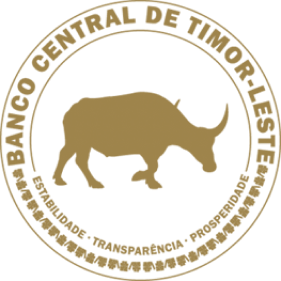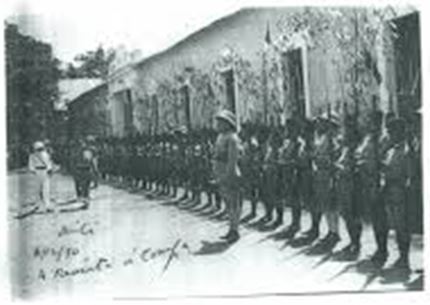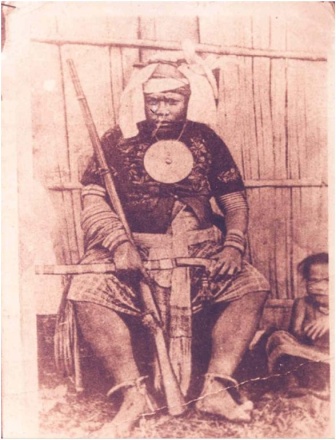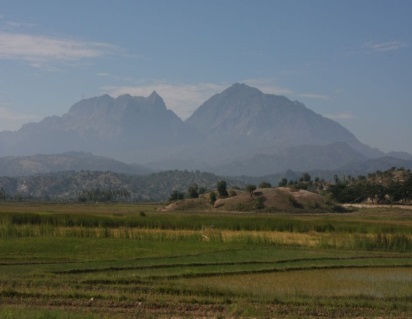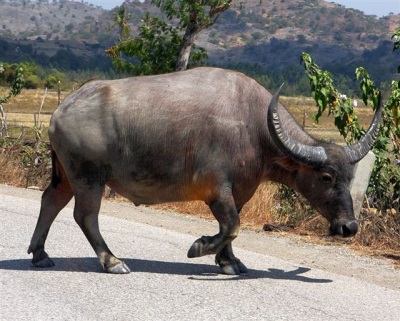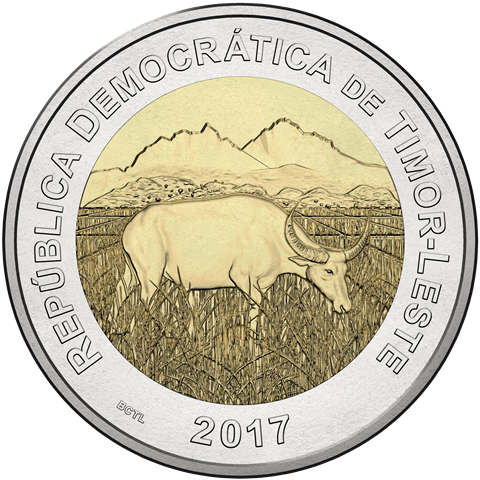Timor-Leste notes and coins
The series Celestino da Silva dates back to 1959 and is a landmark because it is the end of pataca and the beginning of the shield. The series honors José Celestino da Silva, Portuguese military governor of Timor between 1894 and 1908, which in its period eventually suffocate different rebel kingdoms. The notes circulated with unusual amounts of $ 30 and $ 60, because a pataca amounted approximately 6 shields, and ballots were also issued $ 100 and $ 500.
| They run between 1952-1962 |
   |
D. Aleixo starting 1886 - 1943 was a clear importance for the history, culture and identity in the Leste-Timorense on this period as detail showing in images. The honor of a national hero applies the first acquisition bankontes showing D.Aleixo Corte Real was issued period 1967 - 1975.
Detail information;
[+INFO]
| They run between 1962-1975 |
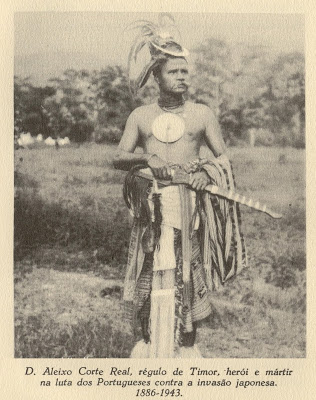 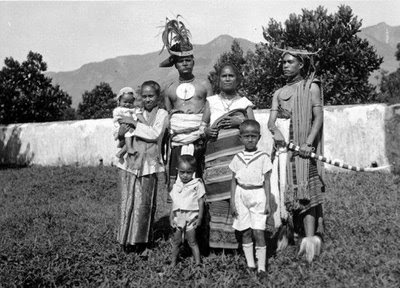 |
| (RIGHT) Regulus D. Aleixo Corte Real with his family |
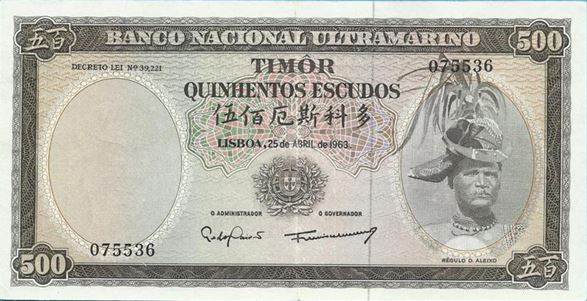 |
Timor-Leste coins
Although the official currency is the US dollar (USD) and are outstanding in OUNTRY either notes or coins of this, the the Government and the "Central Bank" of East Timor (the Banking and Payments Authority ) decided, with various arguments, issue etálicas own coins is the first day of circulation was 10 November 2003. They should, given the American currencies have the advantage of numbers include representing its value, have a substantially proportional dimension hierarchy at par value and lastnotleast essentially represent cultural or economic values Timorese;
The common side of the coins includes the representation, below the face value and how that framing it, a kaibauk, one of the symbols of power traditionally used by the Timorese. Another symbol belak is a metal disc that represent the Sun while the kaibauk is a representation of the moon. Who has power over both has power over life and death, the most representative power.
| 1 Centavo |
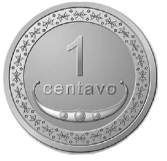  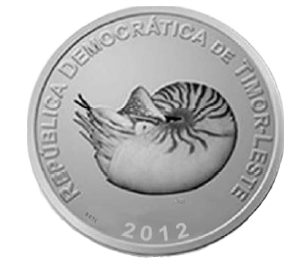 |
| Represents a nautilus; to draw attention to the need for preserve the nature. |
| 5 Centavos |
 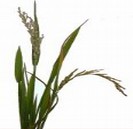 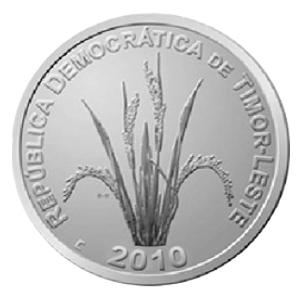 |
|
It represents an ear of rice, the main food of the Timorese population. On the mountain the staple food is maize. It is a tribute to the great majority of the East Timorese, who are traditional cultivators, as well as the need to feed the population and fight against poverty, including rural.
|
| 10 Centavos |
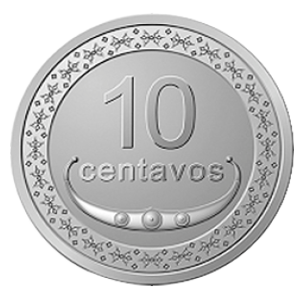  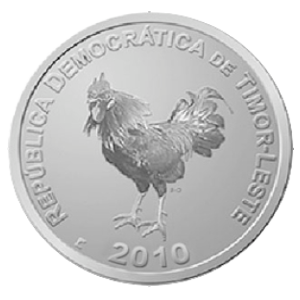 |
| It represents a fighting cock and is both a reference to the main leisure activity and social life of the Timorese and a tribute to those who They fought for the liberation of the country. |
| 25 Centavos |
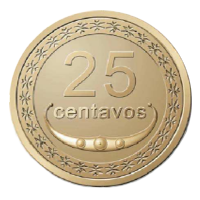 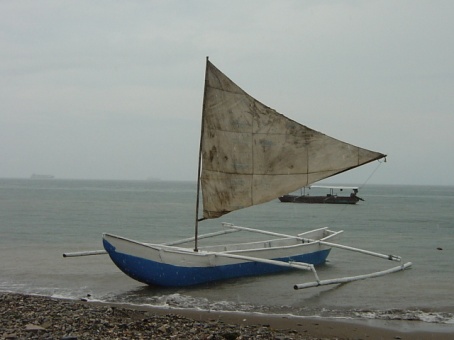 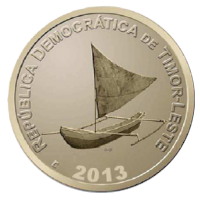 |
| It represents a port, particularly the "White Sand", Dili, where the photo it was made. It is a tribute to the many traditional fishermen of East Timor. |
| 50 Centavos |
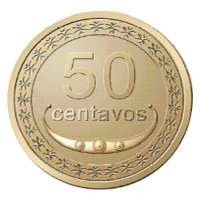 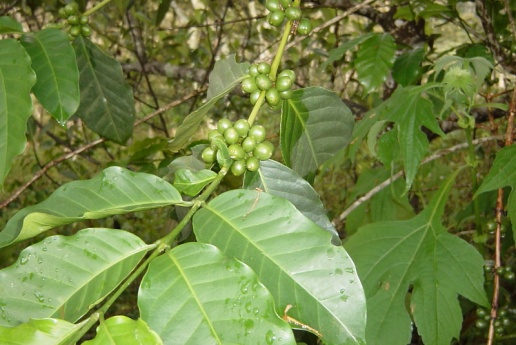 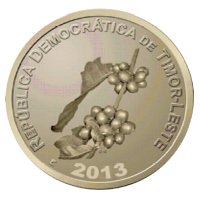 |
| It is a reference to the country's main export crop and is responsible in part for the spread of the country's name in the world since its quality is recognized by all. Its production is concentrated mainly in the westernmost part of the country, particularly in the districts of Ermera, Aileu and Liquica but also Ainaro and Manufahi. |
| Commemorative coins |
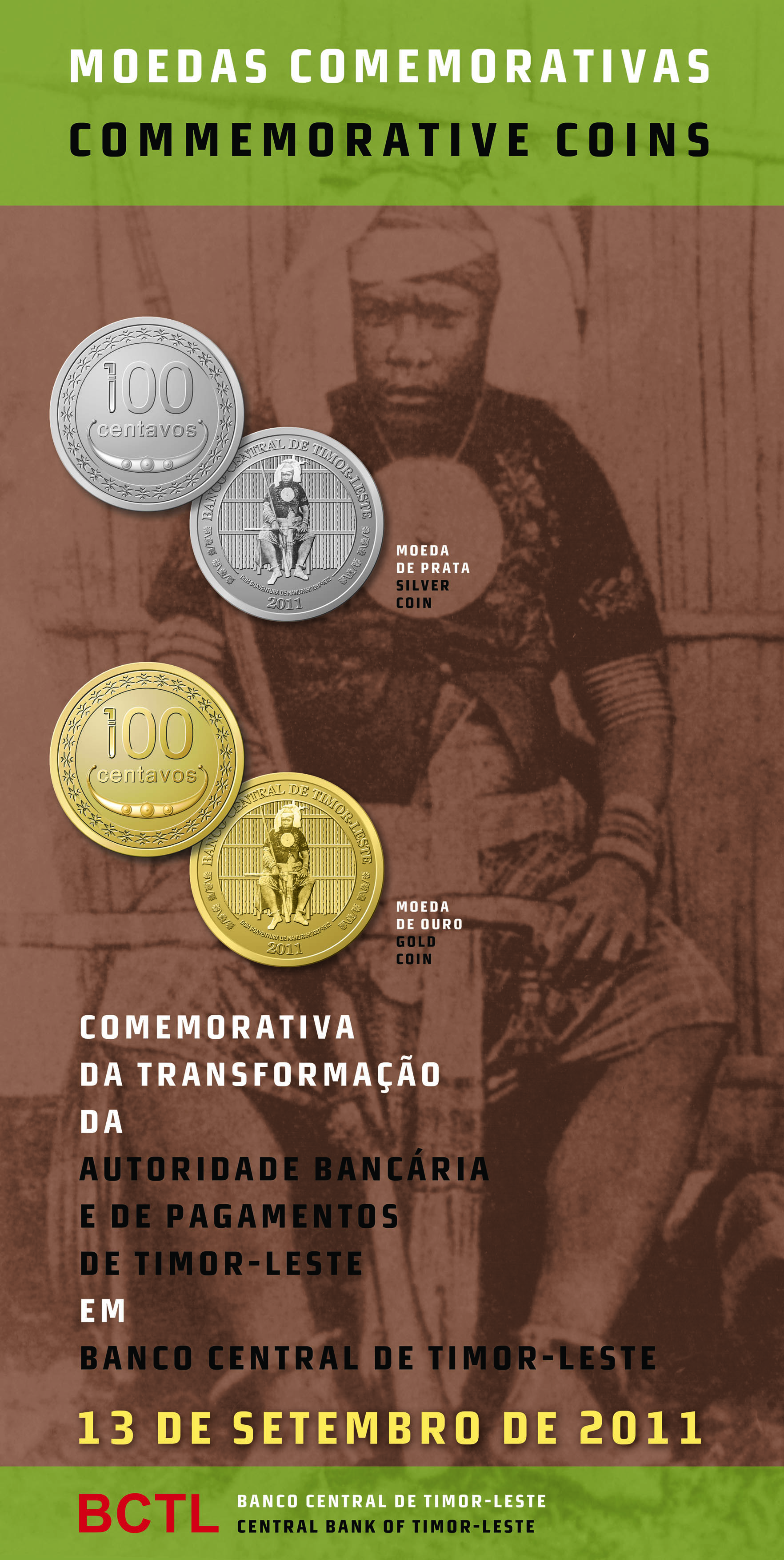 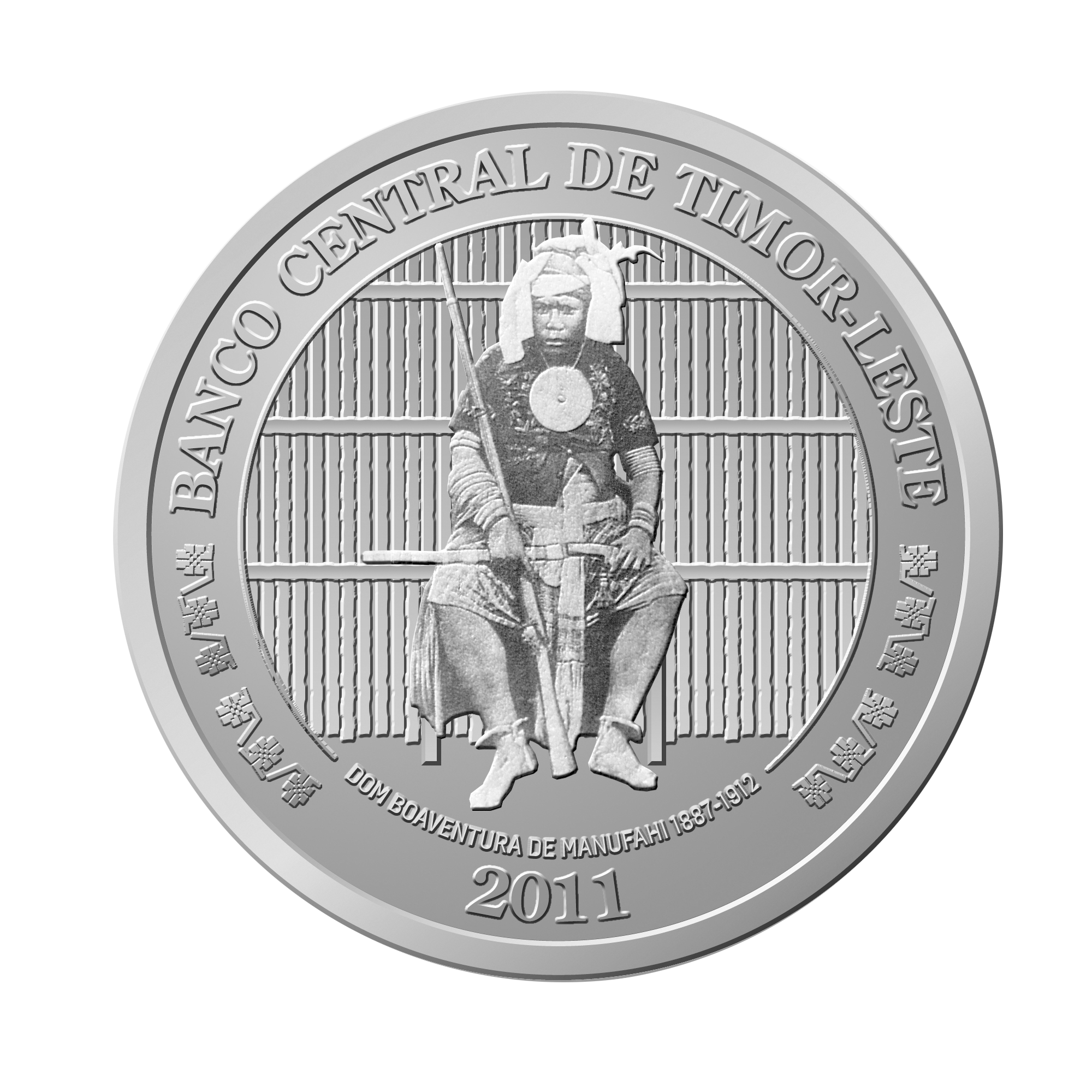 |
| It is celebrating the transformation Banking and Payments Authority for the Banco Central de Timor-Leste in 2011. |
Updated, 23 October 2017
